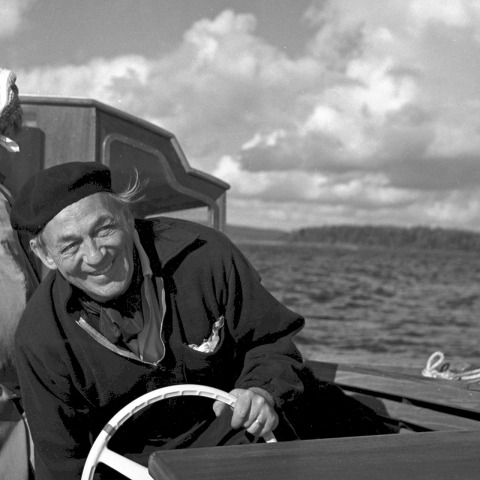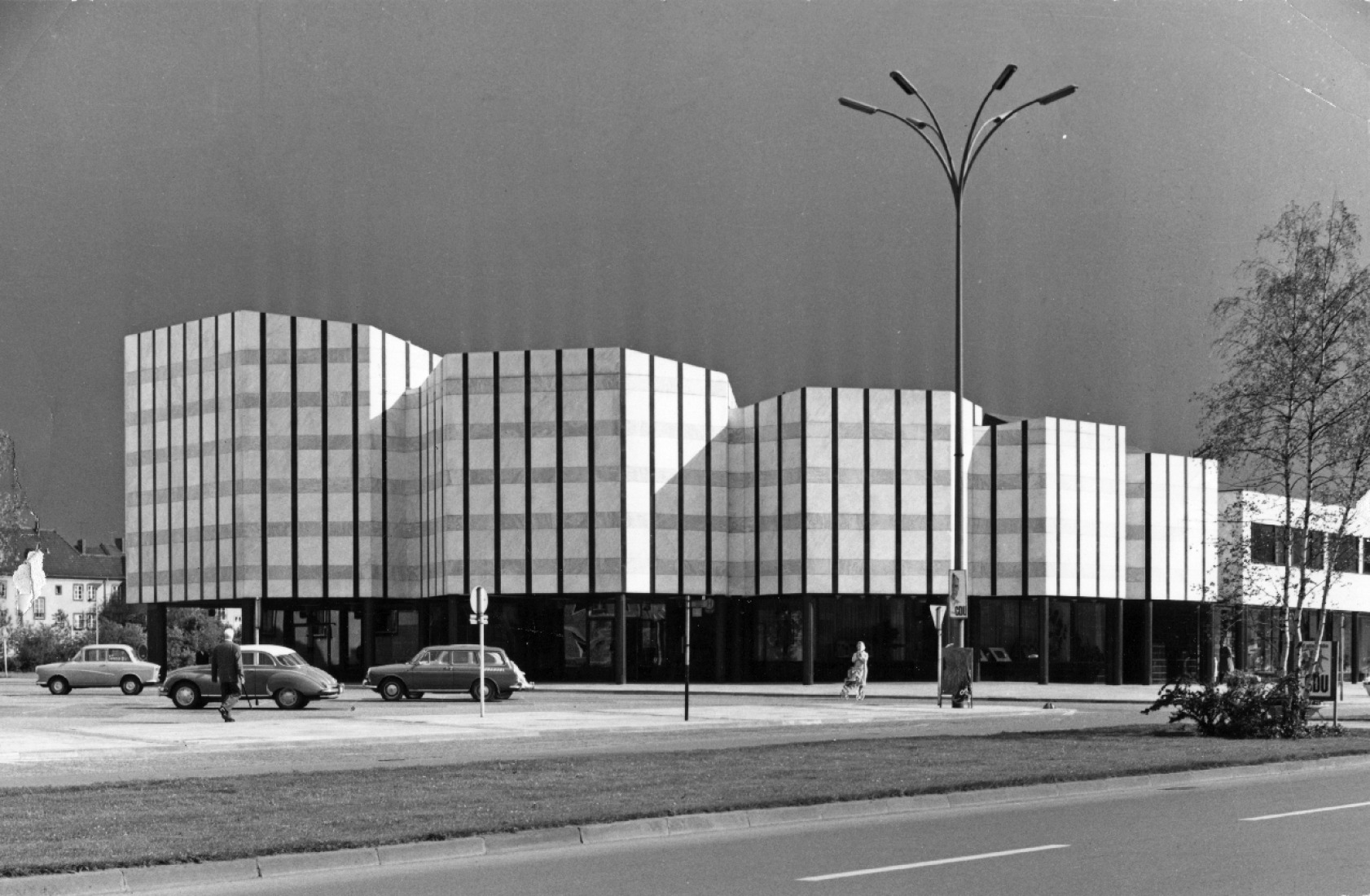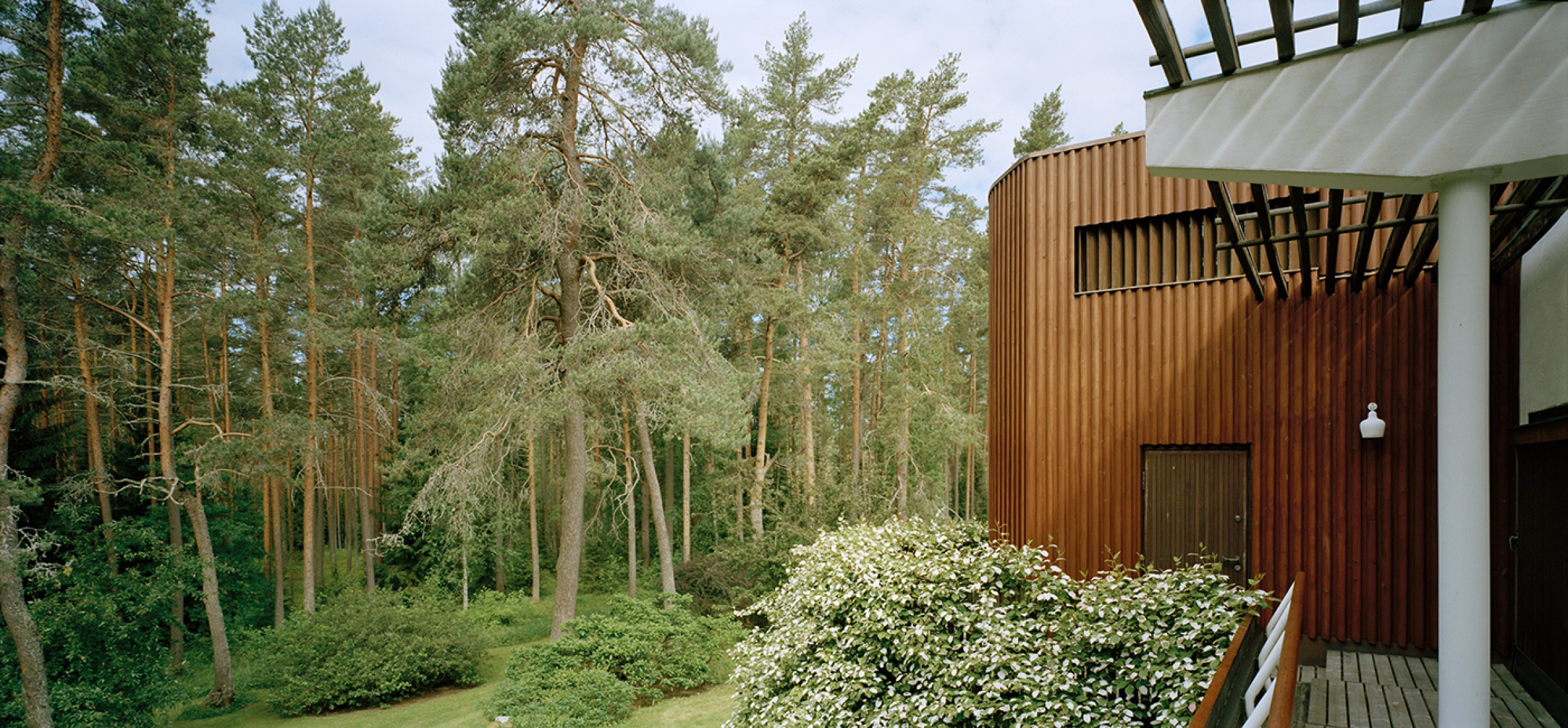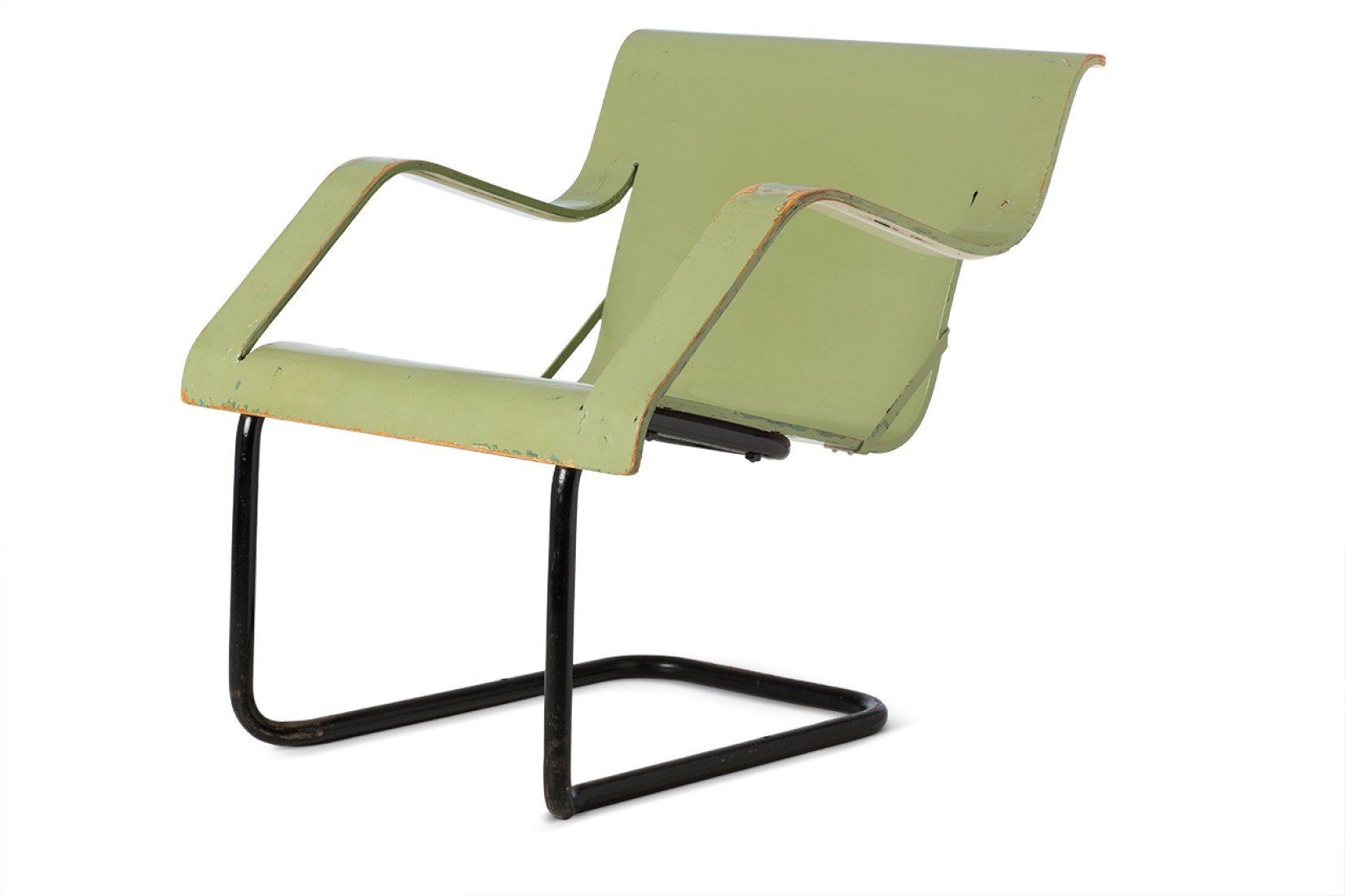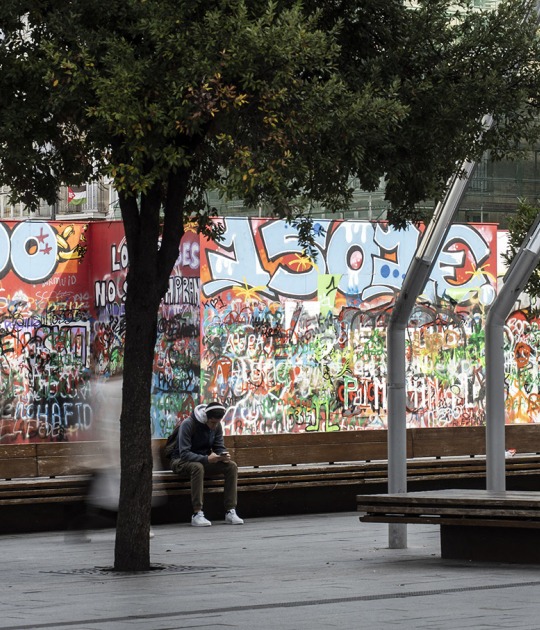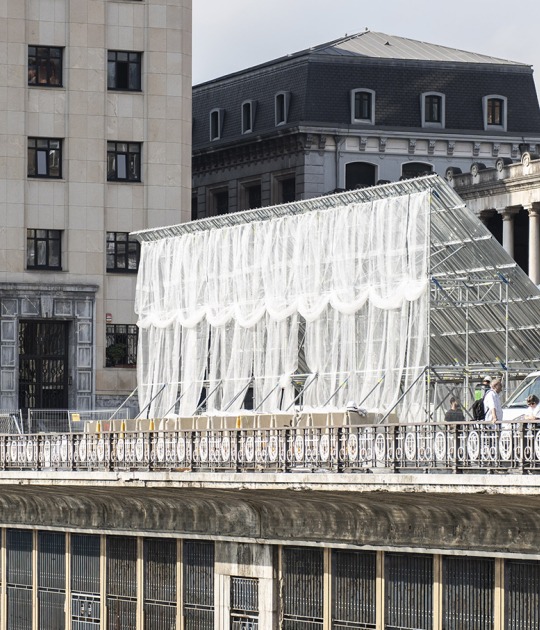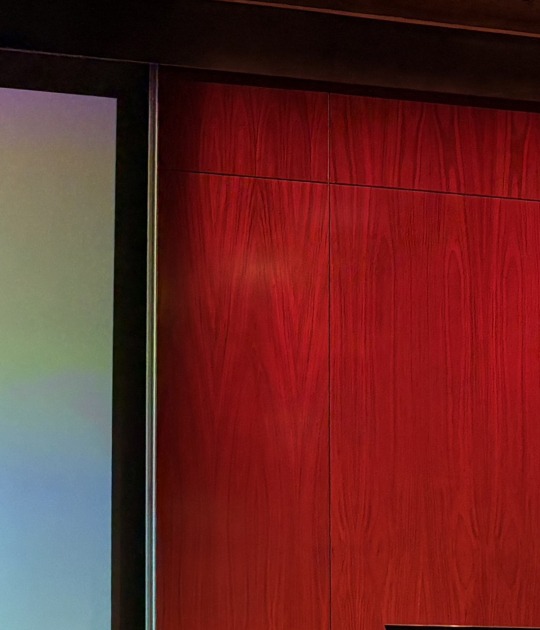The architectural critic Sigfried Giedion called him the »Magus of the North«: Alvar Aalto (1898–1976) is the best known Finnish architect of his generation and a chief proponent of a human-centred modernism. His buildings such as the Paimio Sanatorium (1933) or Villa Mairea (1939) embody a masterful interplay of organic volumes, forms and materials. Aalto’s Paimio Chair (1931–1932) and his Stool 60 (1933) were milestones in the development of modern furniture, and his emblematic Savoy Vase (1936) has become the symbol of Finnish Design.
With »Alvar Aalto – Second Nature«, the Vitra Design Museum is now presenting a major retrospective exhibition on this legendary architect and reveals many new aspects of his oeuvre.
While previous exhibitions and publications have regarded Aalto’s organic architectural language as having been derived directly from Finnish nature and landscape, »Alvar Aalto – Second Nature« takes a new, more contemporary look at Aalto.
The exhibition explores how Aalto’s affinity for organic form was mediated through a close dialogue with many artists of his time, such as László Moholy-Nagy, Jean Arp, Alexander Calder or Fernand Léger. Works of these and other artists are juxtaposed with Aaltos designs and buildings, illustrating his significance as a figurehead of the international art and architecture Avant-Garde from the 1920s onwards.
»Alvar Aalto – Second Nature« provides an extensive overview of Aalto’s life and work, including historical architectural models, original drawings, furniture, lights and glassware, as well as works by other acclaimed artists like Alexander Calder or Jean Arp. The exhibition covers Aalto’s most iconic buildings and designs, but also lesser known projects like his Experimental House in Muuratsalo (1952-1953), an extraordinary composition of different materials which appears like a 21st century architectural collage.
Each of the four spaces in »Alvar Aalto – Second Nature« focuses on different thematic aspects of Aalto’s life and work in loosely chronological order.
The first space is concerned with Aalto’s early work up to the legendary design of the Paimio sanatorium (1928-1933). This part of the exhibition traces vividly how Aalto’s work evolved towards the modern movement.
The second space revolves around Aalto’s relationship with art and his dialogue with important artists of his time. This is illustrated by individual artworks – such as works pieces by Alexander Calder and Jean Arp – and through an in-depth presentation of two key works, Villa Mairea (1938/39) in Noormarkku, Finland and Maison Louis Carré (1956-1959, 1961-1963) in Bazoches-sur-Guyonne, France.
The third exhibition space approaches Aalto as a designer of furniture, lights and glass objects. It surveys the history of the gallery and furniture company Artek, which was co-founded by Aalto.
The fourth and final space is dedicated to Aaltos international ascent in the post-war period and his large-scale projects in architecture, city and masterplanning.
The exhibition is accompanied by an extensive catalogue of 688 pages. It includes essays by ten authors such as Eeva-Liisa Pelkonen, Akos Moravanszky, MoMA curator Pedro Gadanho and interviews with Kenneth Frampton and Álvaro Siza, as well as a list of selected exhibits with numerous never-before-seen original drawings and architectural models from the archive of the Alvar Aalto Museum.
Where.- Vitra Design Museum. Charles-Eames-Str. 2. D-79576 Weil am Rhein. Germany. (next to Basel Switzerland)
When.- 27.09.2014 – 01.03.2015.
